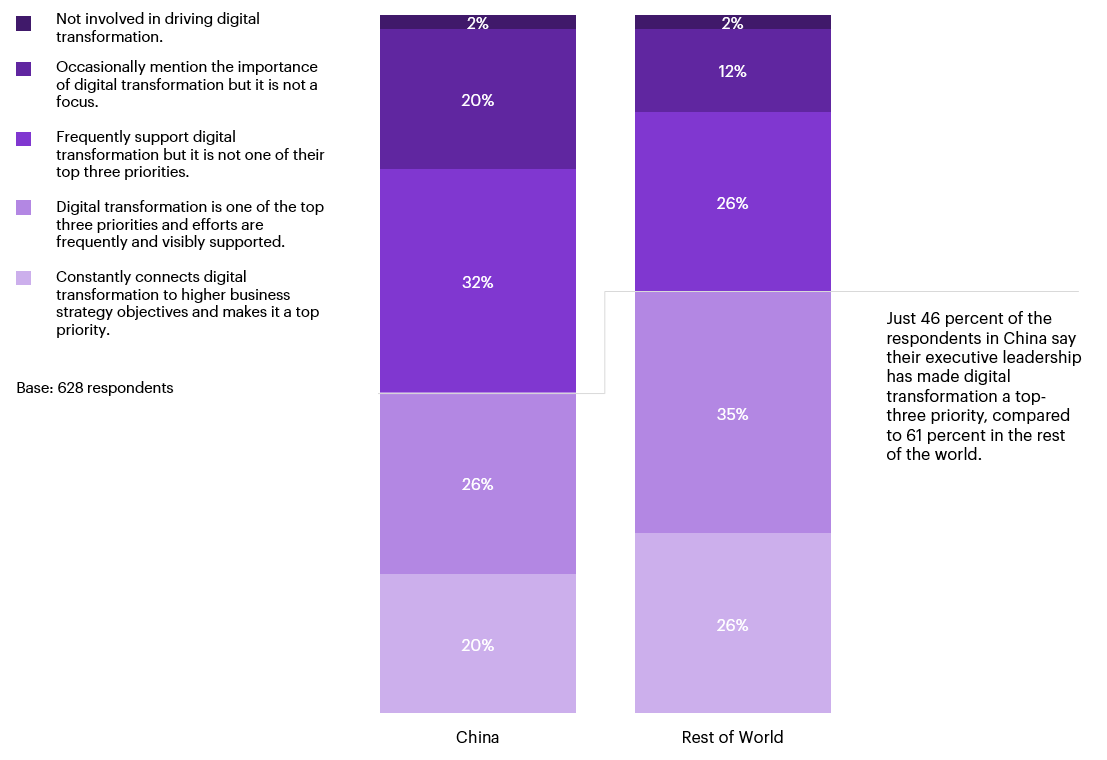BLOG
How Five European Brands are Winning Over U.S. Consumers
IKEA, LEGO, Dyson, Spotify and BMW keep finding new ways to gain relevance.
The Prophet Brand Relevance Index® ranks hundreds of brands on the characteristics that U.S consumers find most meaningful. And while many of the usual suspects rise to the top, a year of pandemic and political upheaval has caused dramatic shifts. People are embracing and rejecting brands in entirely different ways.
This is the sixth iteration of our ground-breaking research, based on the same core principles of relentless relevance. We measure whether a brand is customer-obsessed, ruthlessly pragmatic, pervasively innovative and distinctively inspired.
Five European brands have risen fast in the relevance stakes, offering lessons that transcend industry and category and apply to any brand trying to compete in the U.S.
LEGO: Providing creative escapes for all generations

Danish brand LEGO has shot up 23 spots into 5th place this year. And while competitive toy brands like Mattel, Fisher-Price and American Girl also saw their relevance scores increase as parents adapted to their unexpected role as home-schoolers, yet LEGO was the brand with the highest marks for innovation. Consumers love that it “engages with [with them] in new and creative ways” and perceive that it has better products, services and experiences than competitors.
Much of LEGO’s purpose is built around its commitment to helping children flex their inner architect. However, it also understands that adults hunger for creative play too, launching such products as LEGO Botanical Collection, which allows grown-ups to build flower bouquets and bonsai trees from its bioplastic components.
Spotify: Hitting those personal sweet spots

Pandemic living is zapping some of the music streaming category’s relevance, with fewer people commuting to work. Yet Swedish music maestro Spotify (#12) sits at the top of all media and entertainment companies, outperforming Pixar and Netflix. It wows in the attributes that drive customer obsession, ranking fourth among all brands in both “connects with me emotionally” and “makes me happy.”
One way it does that is by offering intuitive, adaptive and highly personalized products. It then communicates those advantages with dialed-up marketing. To introduce Spotify Premium Duo, adorable puppets dramatized couples’ challenges in sharing music accounts. And as people scrambled to find productive ways to fill the downtime created by stay-at-home orders, it introduced a digital campaign called “Music, Meet Podcasts.”
Spotify’s real relevance comes from understanding its users’ deeper yearnings. “Listening is Everything,” for example, is a brand platform that continuously reminds people of everything they love about music, doped with personalization and inventive social-media interactions. A sharp marketing effort that truly reaches users’ emotional sweet spots.
Dyson: Limitless capabilities for the ‘Apple of Appliances’

Very few companies can inspire the same sort of brand loyalty and consumer confidence as British brand Dyson. Jumping up to #30 in this year’s ranking, up from #51, its commitment to continuous innovation sees it disrupting markets and outpacing the competition. The brand reimagines mundane domestic appliances – such as vacuum cleaners, air purifiers and hair dryers – to spectacularly enhance their utility. And with more people spending time at home over the past year, appliance-buying has been on the rise.
Respondents rated Dyson highly for being modern and in touch, engineering technology to actively destroy harmful gases in the air and to dry our hands in rapid time – just in time for the world’s obsession with hand hygiene.
But good products alone are not enough to win consumer favor today. Nor is it about innovation for novelty’s sake. Consumers want products and services that align with their personal values and genuinely benefit the greater good too. As a brand built on ‘lean engineering,’ Dyson is devoted to making things more efficient while using less resources – putting sustainability is at the center of its business. Whether they are better for the planet, for people – or both – purchasing a pricey but environmentally responsible Dyson product makes consumers feel good about their buying decisions.
IKEA: Offering initiatives that support a shared sense of purpose

With hundreds of millions of people staying safer-at-home, the living room couch became the center of the universe. So did the need to quickly turn laundry rooms into office nooks, kitchen tables into classrooms and bedrooms into a place to hide from the rest of the family. This was IKEA’s moment in the sun. It sailed into the #42 spot, up from #93, easily passing such companies as the Home Depot, Lowe’s and Wayfair.
For all its practicality and commitment to affordable, functional furniture, its strong suit in the U.S is an inspiration. And it earns its highest scores for “having a set of beliefs and values that align with my own.” IKEA has baked purpose into everything it does since the furniture maker was founded in Sweden in 1943. Initiatives such as #buybackFriday, where the company bought back unwanted IKEA items for Black Friday, demonstrates how the brand’s North Star goes well beyond kitchen cabinets. IKEA extends its trademark warmth to everyone: One advertising effort, “Be someone’s home,” encourages people to accept all sexual orientations and gender identities.
BMW: Linking heritage to innovation

Fastest-rising brand in the automotive category? Look no further than Germany’s very own BMW. Accelerating 45 places to #67 in the BRI, its growing relevance in the U.S. could answer why BMW beat Lexus and Mercedes-Benz as the best-selling luxury car brand in the country in 2020.
With more time to think about cars and road trips, BMW stands out from other brands by aggressively showcasing what it has always stood for: Well-designed vehicles that push the boundaries of what’s expected.
Autophiles are already drooling over the BMW iX, the electric sport utility vehicle that will compete with Tesla, due in the U.S. next year. And it’s making waves with its Remote Software Upgrades. No wonder people give it such high marks for “always finding new ways to meet my needs.”
At the massive U.S. Consumer Electronics Show, BMW released a short film that both mocks and brags about its innovative history, including a car fight between a 20-year-old “Grampa” model with a smart-mouthed all-electric “Whippersnapper.” An artful blend of safety and familiarity in its marketing strategy that builds trust with U.S. consumers while emphasizing design and innovation signals its commitment to continually improving.
“Consumers want products and services that align with their personal values and genuinely benefit the greater good too.”
FINAL THOUGHTS
Of course, we know that the brands that rank highest in the BRI aren’t doing one thing. Those leading relevant brands are pursuing multiple paths.
Here are four key areas on which to focus in order to connect better with customers:
Lead with purpose.
A compelling purpose is a roadmap for change and should drive everything a brand does.
Adopting a mindset of customer obsession.
Focusing on increasing customer understanding so they can invest in delivering products and services that truly meet an important need in their customers’ eyes.
Improving the customer experience.
Making bold steps to delight and drive loyalty. Driving more holistic, targeted and personalized omnichannel marketing efforts.
Innovation is critical.
Without innovation, organizations will not be able to grow and thrive. Many are moving at two speed, introducing products and services to address immediate needs, as well as driving a forward-thinking innovation strategy that paves the way for future business growth and success.
Want to learn more about the most relevant brands? Download the Prophet Brand Relevance Index® today. If you need help building and maintaining your brand relevance, then our expert team can help. Get in touch.







































